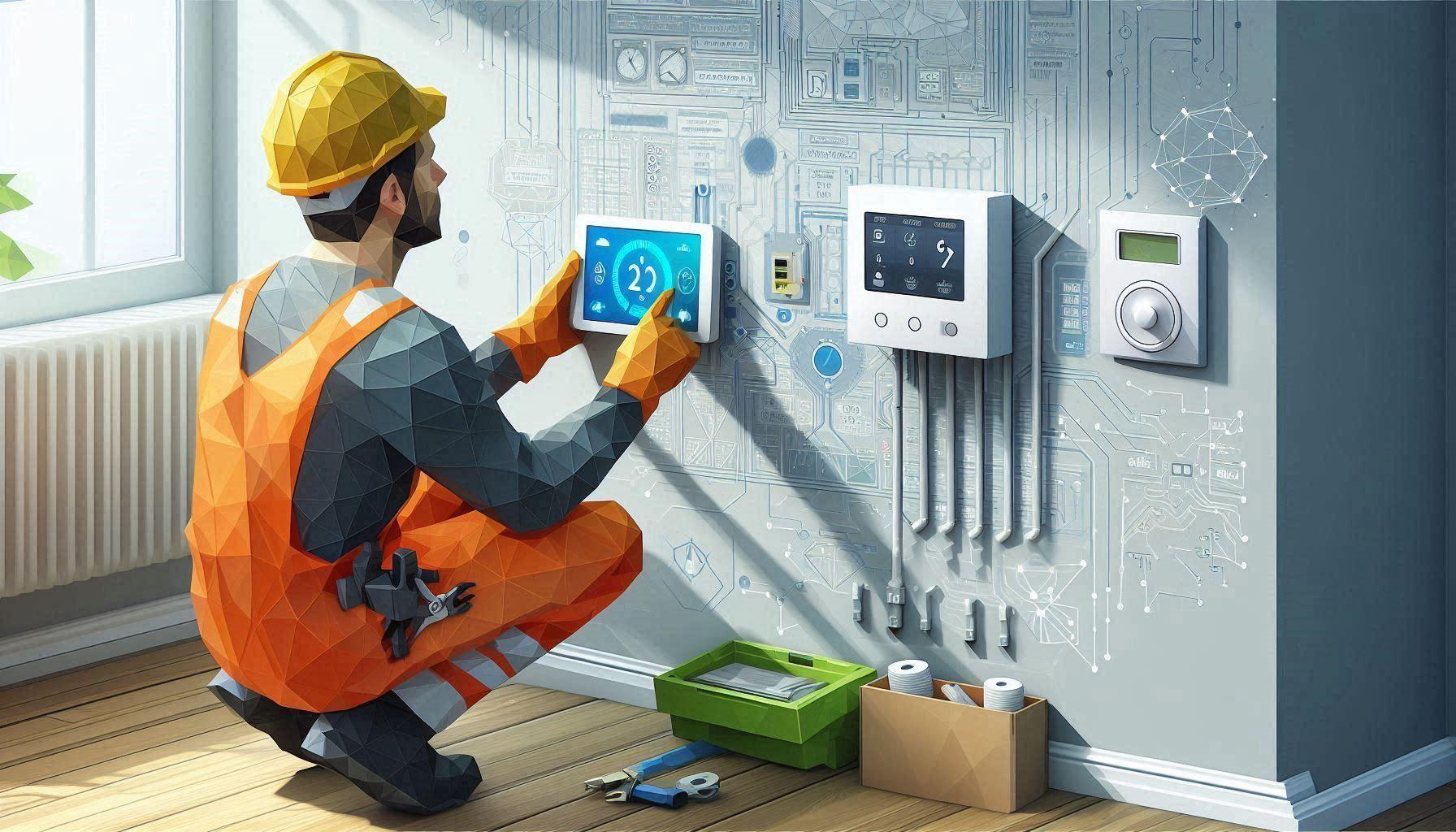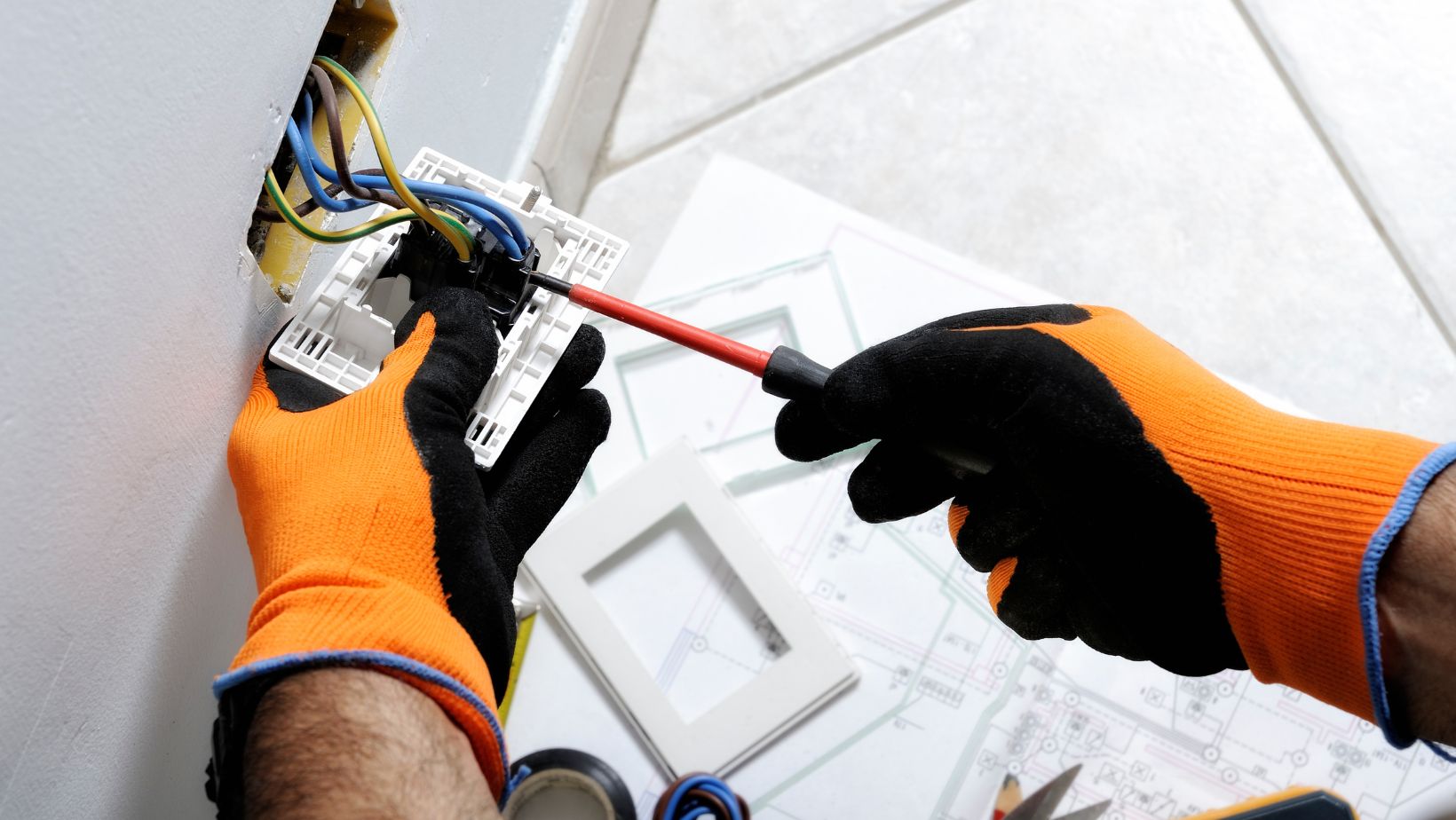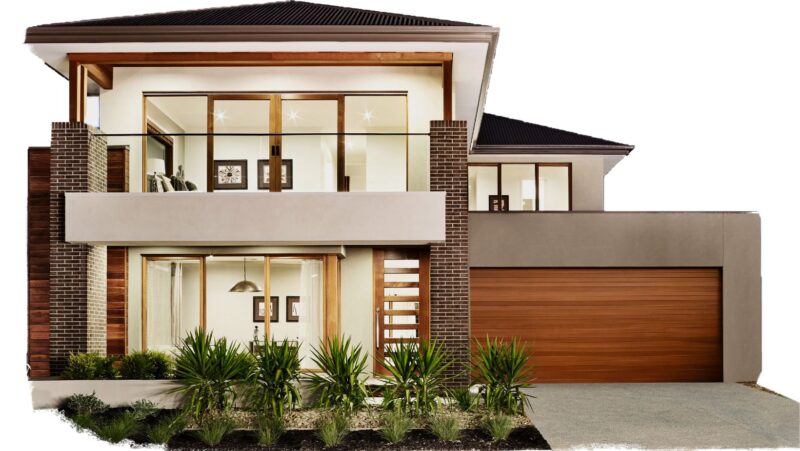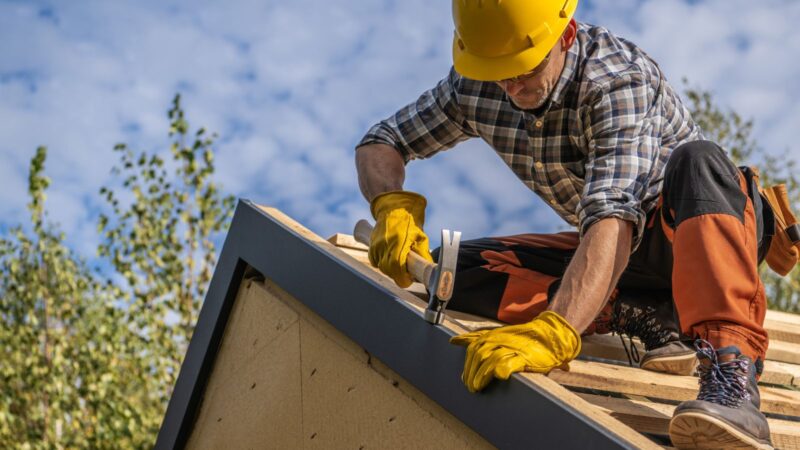By the end of the year more than $154 billion will have been spent on smart home tech, so it’s really no longer a niche trend but a mainstream concern in the construction sector.
This is good news for electrical contractors who want to wow clients and exceed their expectations with intelligent, integrated systems that make domestic life easier. With that in mind, here’s a glimpse at what the top categories of smart home tech can do, and why they are worth mastering if you are an electrician.
Transformative Smart Lighting Solutions
Smart lighting represents a new way for homeowners to interact with their spaces. As a result, contractors are advised to integrate systems like Philips Hue and Lutron Caseta where possible, allowing for effortless control over ambiance and energy efficiency.
These setups use Wi-Fi or Zigbee networks, giving residents control through apps or voice commands. Once established it’s as simple as walking into a room, asking Alexa to set the mood for movie night, and having the lights dim instantly.
Benefits include:
- Customizable scenes
- Energy savings via motion sensors
- Remote access from smartphones
For higher end, luxury projects there are even smart switches by the likes of Leviton Decora which can be used to add further value. It’s a practical, aesthetically pleasing and enduringly cost-effective route forward.
Plus, future upgrades are easy since these systems support various third-party devices. Homeowners appreciate this adaptability as they expand their smart home ecosystems without rewiring everything.
Of course these new-fangled lighting solutions have the potential to make construction projects more complex from a contractor’s perspective. As a result it’s sensible to use electrical business software to manage the various aspects of smart home integration.
Advanced HVAC Control Systems
Smart HVAC systems bring unprecedented comfort and efficiency, with the market set to grow by 17.8% this year alone. Brands like Nest and Ecobee dominate this space, enabling electrical contractors to create homes that think for themselves.
These smart thermostats learn user habits, adjusting temperatures to optimize energy use. So on a chilly morning they can adjust the heating just before you wake up, with no manual input required.
Advantages include:
- Adaptive learning capabilities
- Integration with smart home ecosystems
- Remote temperature adjustments via apps
The system’s compatibility with other smart devices allows seamless management of multiple elements, from heating to lighting, all through a single interface like Google Home or Apple HomeKit. And with even more energy savings made possible, they’re seriously attractive to financially savvy clients, making them another attractive option for contractors to offer alongside the likes of solar panels.
Integrated Home Security Enhancements
There are around 270 burglaries for every 100,000 people nationwide each year, so it’s no surprise that smart security systems are selling well. They offer peace of mind by the bucketload, and contractors can incorporate brands like Ring and Arlo to enhance home safety with minimal fuss.
These systems provide features like live video monitoring and motion detection alerts straight to your smartphone. Getting an alert from your Ring Video Doorbell when someone approaches is reassuring, whether you’re home or not.
Key benefits:
- Real-time notifications
- Two-way audio communication
- Cloud storage for recorded footage
Additionally, these systems integrate easily with other smart devices such as lights or locks, enabling comprehensive control over all aspects of home security from one central hub. They’re great for single family homes as well as communal areas in apartment blocks, so the market is suitably broad to grab the attention of any out-of-the-loop contractors.
The Last Word
It’s really a case of assuming that any electrical contracting project you get involved with today will involve some level of smart home integration, rather than this being an unusual outlier. This ties in with the types of intelligent automation seen in commercial buildings as well, so there’s no excuse for remaining ignorant of the upsides.















